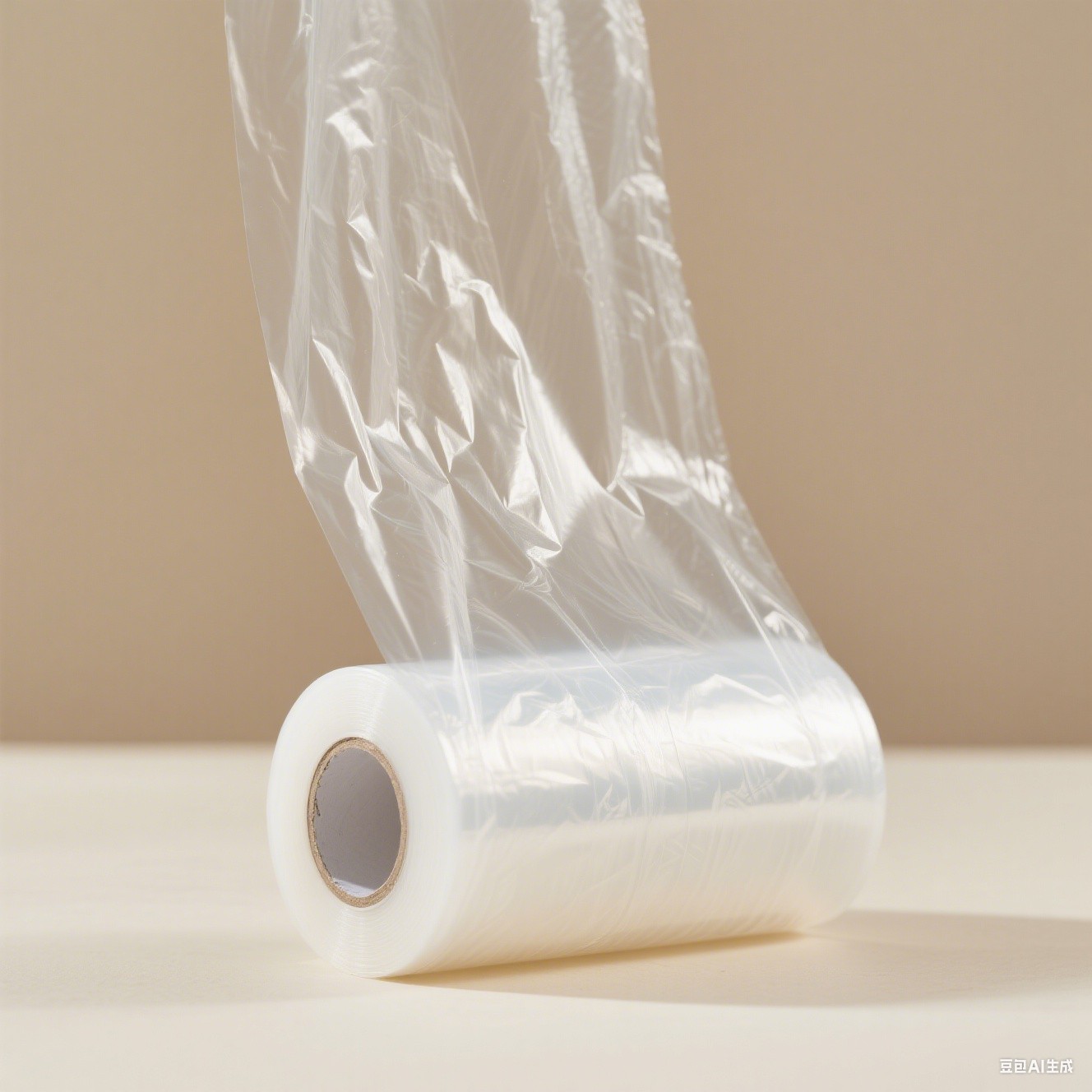1 Introduction
In the world of stretch films, tensile strength and elongation at break are like two partners with distinct personalities—one pursues unyielding toughness, while the other advocates extensibility and tolerance. Understanding their relationship correctly is key to designing high-performance films.
2 Definitions of the Two Properties
(1) Tensile Strength
The maximum stress a film can withstand before breaking (unit: MPa). Imagine a rope: tensile strength is the maximum pulling force it can bear before snapping—the higher the value, the more “tensile-resistant” the material.
(2) Elongation at Break
The percentage change in length of a film when it breaks compared to its original length. For example, an elongation of 100% means the film was stretched to twice its original length before breaking—the higher the value, the more “flexible” the material.
3 Microscopic Influencing Factors – Polymer Chains
The mechanical properties of films are determined by the structure of internal polymer chains, which can be divided into four aspects:
(1) Molecular chain length (molecular weight): Longer molecular chains lead to tighter entanglement between molecules, thereby increasing both strength and elongation (e.g., high-quality PE films).
(2) Crystallinity: Highly crystalline regions (areas with regularly arranged molecules) impart strength but restrict segment movement, reducing elongation (e.g., BOPP films are strong but relatively brittle). Therefore, generally, higher crystallinity results in higher strength but lower elongation at break.
(3) Molecular chain orientation: Stretching aligns molecular chains along the direction of force, significantly improving strength (e.g., fibers), but weakening strength in the perpendicular direction and reducing elongation.
(4) Crosslinking and additives: Crosslinking (e.g., vulcanized rubber) can enhance both properties; plasticizers sacrifice strength for increased elongation (e.g., flexible PVC).
4 Relationship Between Elongation at Break and Tensile Strength
In most cases, tensile strength and elongation at break are negatively correlated: as tensile strength increases, elongation at break decreases. This results in two scenarios:
(1) High strength is often accompanied by low extensibility: Structures with highly oriented or highly crystalline molecular chains (e.g., engineering plastic films) are tensile-resistant but prone to brittleness.
(2) High extensibility usually requires sacrificing strength: Loosely entangled molecular chains (e.g., elastomer films) can be stretched significantly but have limited load-bearing capacity.
The reason for this negative correlation is: When a material is stressed, molecular chains need to slip or rearrange to extend. However, highly crystalline/highly oriented structures restrict segment movement, enhancing strength but inhibiting extensibility (manifested as low elongation at break).
5 How to Balance the Two Properties
In actual production, while pursuing high strength, it is also desirable to maintain some toughness. How to balance these two properties—having the best of both worlds? Generally, the following four methods can be referenced:
(1) Blending modification
Mix rigid and tough materials. For example: PP (high strength) + EPDM (good elasticity) → films for automobile bumpers, balancing impact resistance and deformation capacity.
(2) Multi-layer composite structure
Design functions in layers. For example: Outer layer PET (high strength, scratch-resistant) + middle layer PE (high elongation, impact-resistant) + inner adhesive layer → food packaging films, which are both puncture-resistant and drop-resistant.
(3) Nano-reinforcement technology
Add nano-particles (e.g., silica, clay). With a small amount of addition, they can improve strength (particles hinder dislocation) while maintaining a certain elongation due to the interface slip mechanism.
(4) Structural optimization
Design interpenetrating network structures. For example: Thermoplastic polyurethane (TPU) achieves balance through microphase separation of hard segments (providing strength) and soft segments (providing elongation).
6 Conclusion
The tensile strength and elongation at break of films are an eternal balancing act in material design. Only by understanding the game logic at the molecular level can we customize properties for different application scenarios through blending, compounding, nano-modification, and other strategies, becoming true masters. Like a fully drawn bowstring, the perfect combination of tension and toughness is what makes films excel in critical moments.
Post time: Jul-26-2025


